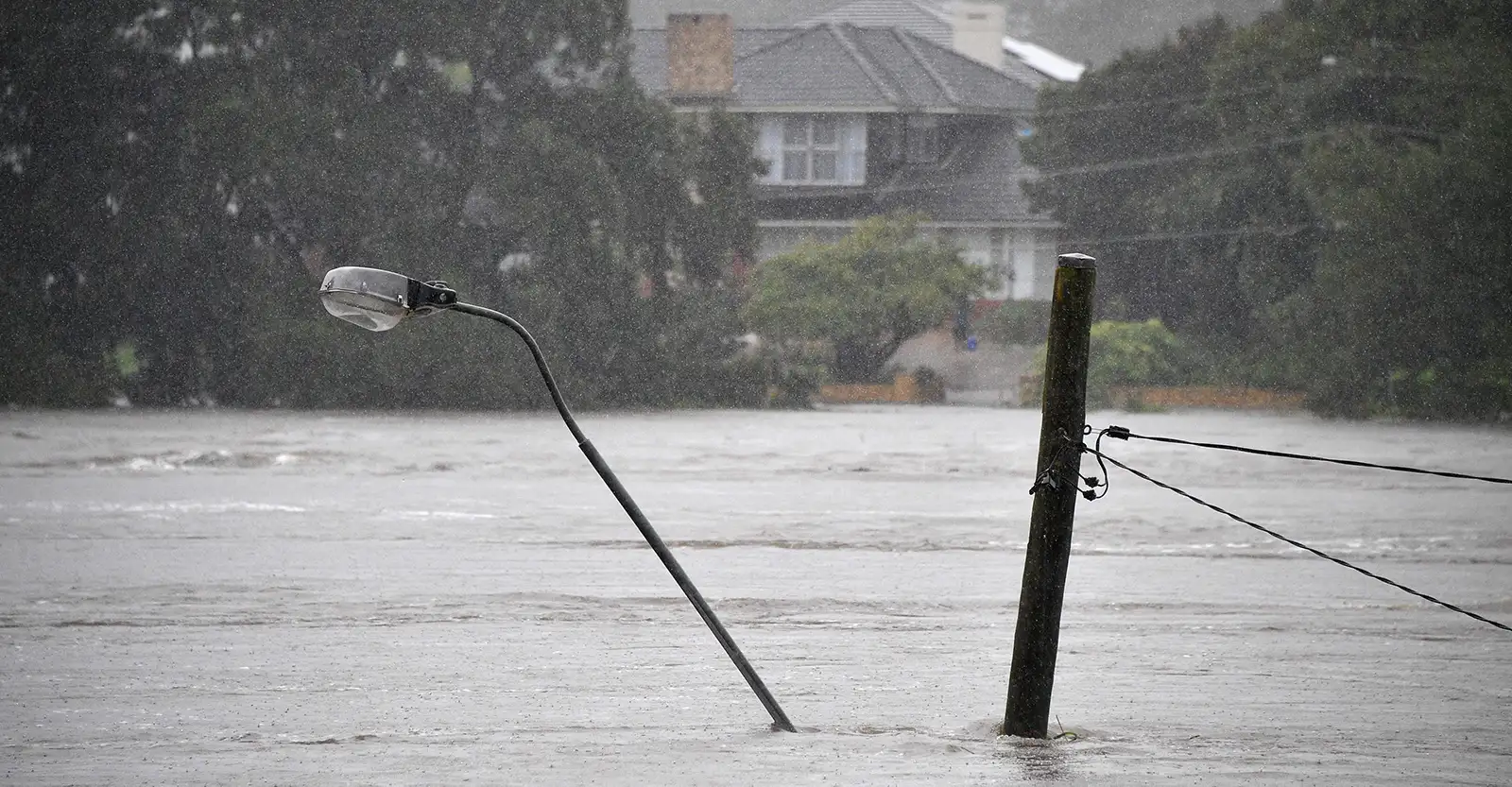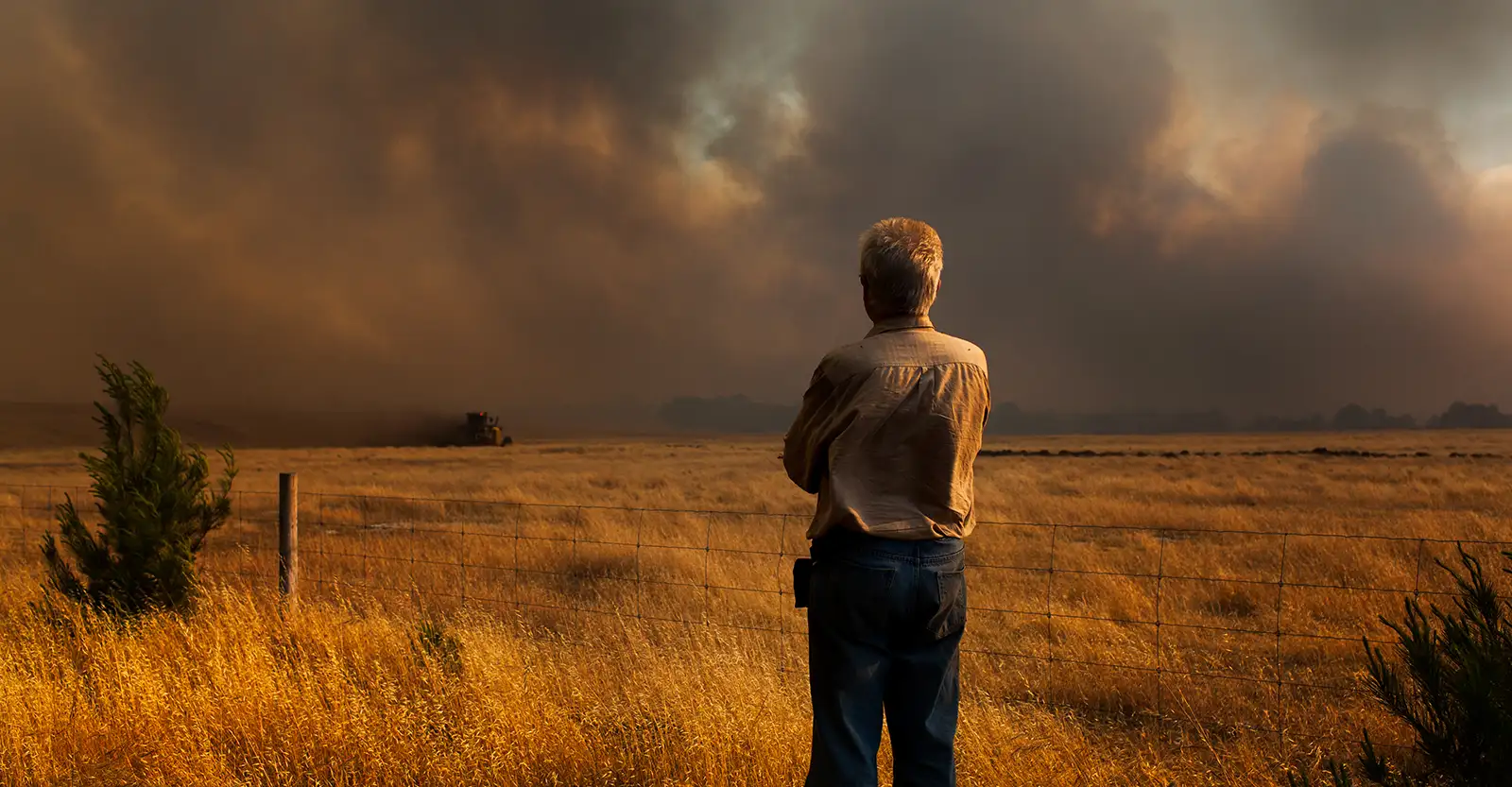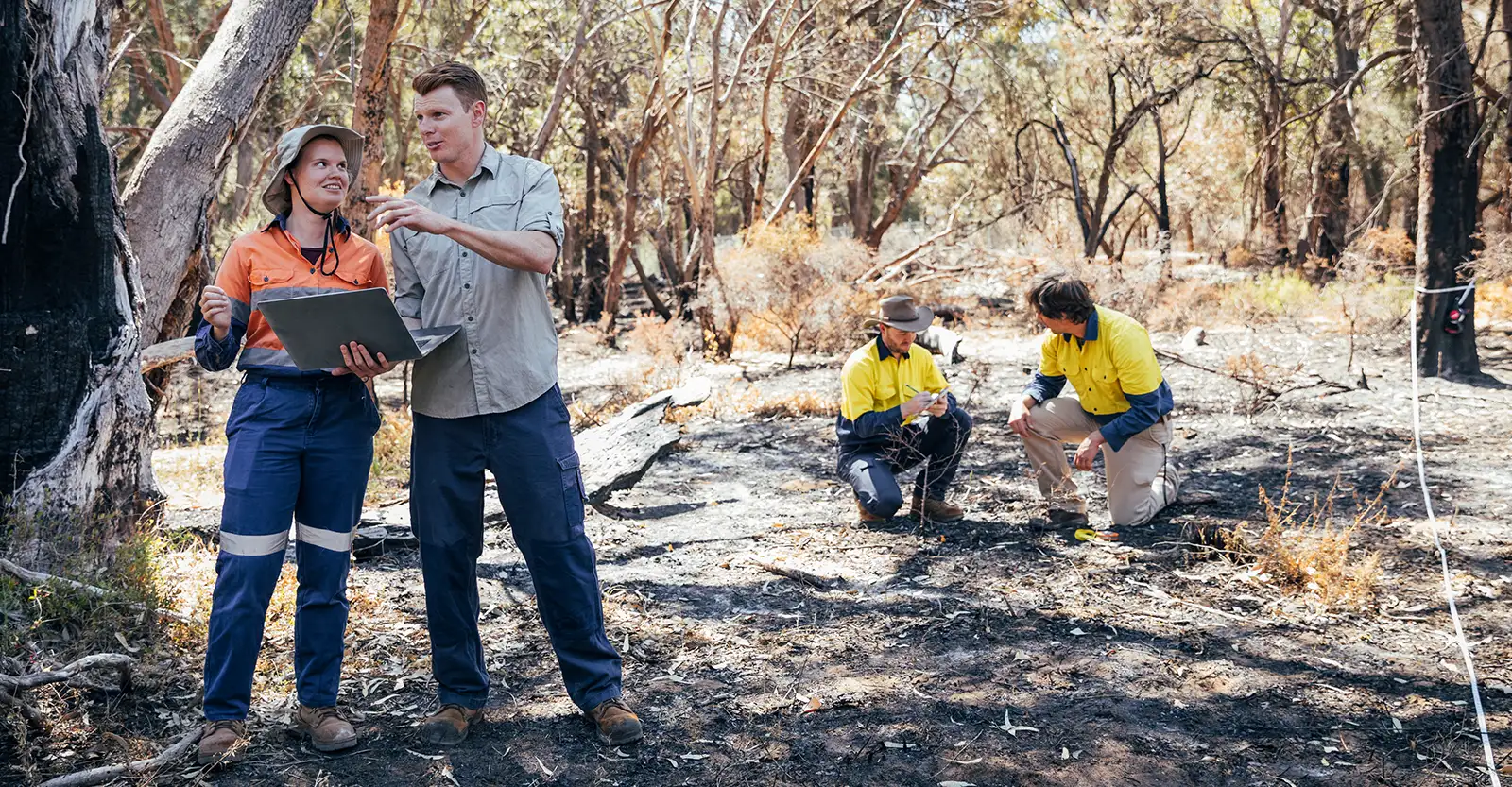How crisis reinforces harmful norms – and how we can break the cycle.
Despite our individual differences, most of us want the same fundamental things: to feel safe, respected, heard and included.
Even in the best of circumstances, the systems of gendered expectations we live within can make these basic values harder to realise.
For women, this can mean navigating economic and systemic barriers and inequity, having contributions overlooked or undervalued, and facing the ever-present risk of gender-based violence.
For men, it can mean being expected to suppress emotion, shoulder the burden of providing, and uphold rigid ideas of toughness – sometimes to their own detriment, and to the detriment of those around them.
For LGBTIQA+ people it can mean being excluded from planning and evacuation processes, facing barriers to accessing support and services, and facing the risk of harassment or violence.
When disaster strikes – be it bushfires, floods, cyclones, or any other climate-driven events – these norms and barriers can become even more entrenched.

Research shows that crises can deepen gender expectations and amplify their harms. Beyond physical destruction, disaster leaves a quieter catalogue of social and emotional impacts that emerge across gender and identity lines.
During and after disaster, this often looks like:
- Men feeling they must protect people and property and provide safety, believing they have failed if they can’t – even when circumstances are beyond their control – leading to internalised distress and a reluctance to seek support, with serious mental health consequences.
- Women being expected to nurture and sacrifice, often putting their own safety and needs last to care for others, while facing increased risks of violence and having their essential contributions overlooked.
- LGBTIQA+ people being excluded or harassed for not fitting a gender ‘norm’, and being unable to access necessary support, at a time of stress or trauma.
These patterns are not inevitable. They are shaped by the systems and norms in which we live.
Understanding them is an essential step toward building communities that can recover stronger, safer and more equitably when crisis hits.
Because everyone deserves to feel safe after disaster.
Climate and gender: they’re more linked than you might think.
At Minderoo, the challenges we tackle don’t exist in isolation – and real progress demands that we don't approach them that way either.
Climate and gender equality are one powerful example of this intersection.
When climate-driven disasters strike, they can deepen gender inequality:
- Women and girls face greater risks and barriers.
- Men are pressured to “carry on” without seeking support.
- LGBTIQA+ people are excluded or made to feel invisible.
Our work with Gender and Disaster Australia focuses on reducing gender-based harm before, during and after crises – especially as extreme weather becomes more frequent and intense.
At the same time, when gender equity is missing from climate leadership and decision-making, we lose vital knowledge and lived experience that strengthen community resilience and environmental outcomes.
This thinking also informs our work globally. Across the Western Indian Ocean, we are supporting partners such as WIOMSA to embed gender equity into ocean and climate action, ensuring communities are safer and ecosystems are stronger. Learn more about this project here.
Lasting solutions aren’t built in silos, but emerge when we recognise how issues intersect and address them together.

When disaster hits, its impacts are gendered.
Here are four key ways this plays out:
1. Violence against women increases during and after disaster.
Gender and Disaster Australia, along with other international research, has found an increase in family violence in the wake of disaster.
For women, this can mean:
- Being unable to safely evacuate due to a partner’s refusal or lack of support
- Facing renewed contact or coercion from violent ex-partners in disrupted conditions
- Encountering limitations in the enforcement of intervention orders during peak crisis
- Being forced to return to unsafe homes due to displacement and unstable housing
- Experiencing increased control when perpetrators use disaster as justification to re-enter their lives or access relief funds
These risks add enormous emotional and physical strain to those already navigating the stress of disaster recovery.
Disaster heightens stress and isolation – and without safeguards, this can escalate risk for women and children.
2. There is increased pressure for men to conform and “get on with it”.
Hyper-masculine expectations can intensify during crisis.
This often leads to:
- A perceived need to stay behind and defend property, increasing risk of injury and threatening mortality
- Reluctance to acknowledge stress or seek help due to fear of being seen as weak, or negative consequences in the workplace
- Higher rates of substance use as a coping mechanism
- Elevated vulnerability to depression, trauma, and suicide
Many men describe feeling they must remain strong and composed, even when emergencies are beyond anyone’s control – a pressure that can have serious mental health consequences.
3. Women shoulder the emotional burden of recovery, often unseen.
Women frequently take on the responsibility of caring for families and communities through crisis and recovery, often at the expense of their own autonomy, health and wellbeing.
Though their labour – both actual and emotional – is crucial to recovery efforts, it is often invisible or undervalued.
Women may:
- Place the needs and safety of others above their own well-being
- Absorb emotional distress across households and communities
- Face diminished opportunities or career limitations (including an inability to return to paid work or an expectation to reduce the hours of paid work outside of the home) due to care expectations
- Face barriers to participating fully in recovery or emergency roles, including receiving information and support
These expectations can severely limit women’s participation in response and recovery despite their essential contributions.
4. Gender-based barriers to seeking help heighten the risk of negative outcomes.
Harmful stereotypes make it harder for everyone to access support. Even when support exists, unconscious biases and systemic barriers can stop people from accessing it.
This often looks like:
- Men fearing judgement or workplace repercussions for seeking mental health care, leading to silence and untreated trauma
- Women experiencing intimate partner violence losing access to safe pathways for support
Without inclusive, trauma-informed support systems, harm deepens.

While gender norms are a powerful force in disaster response, they do not act alone.
Other systemic inequalities intersect with gender, compounding risk, stripping away dignity, and limiting recovery.
Here are three key groups disproportionately affected:
1. First Nations communities face compounding impacts:
- Exclusion in planning and decision making in all stages of disaster
- Disaster impacts compound ongoing and systemic trauma and inequity
- Emergency responses that lack cultural safety or community-led approaches caused additional harms
- Local knowledge and leadership is overlooked
- Connection to place and sacred sites and places is often lost
2. LGBTIQA+ communities face elevated risks:
- Exclusion in planning and decision making in all stages of disaster
- Increased social isolation and reduced access to safe places
- Greater exposure to discrimination, harassment or unsafe conditions
- Barriers to accessing relief and recovery support and services
3. People with disability are disproportionately affected:
- Exclusion in planning and decision making in all stages of disaster
- Barriers to evacuation, transport and accessible information
- Social and economic marginalisation
- Increased vulnerability to violence, exploitation and neglect

Building safer, more equitable disaster responses starts with awareness.
When emergency workers, policymakers and communities understand how gender expectations shape risk, we can design systems that protect everyone.
Gender and Disaster Australia highlights key actions:
- Recognise how power and privilege shape disaster planning, response, relief and recovery
- Highlight shared experiences across marginalised communities, groups and individuals
- Challenge narratives that paint violence prevention as “anti-male”
- Challenge narratives that suggest that inclusion or safety for one group will be at the expense of another
- Ensure urgency isn’t used to justify regressive policies and practices
- Stand firm in upholding safety and dignity for women, children and LGBTIQA+ people
- Encourage an intersectional perspective, demonstrating how gendered norms intersect with race, class, culture and ability
- Continue to promote that policies and practices which are effective for marginalised and disadvantaged people actually improve outcomes for everyone
When we understand these dynamics, we can build communities that recover quicky and fairly.
Want to learn more?
Gender and Disaster Australia offers practical tools to support gender-sensitive emergency planning and recovery.
Resources
Gender and Emergency (GEM) Guidelines & Action Checklist: https://genderanddisaster.com.au/gem/
GADAus Lessons in Disaster Training: https://genderanddisaster.com.au/training/